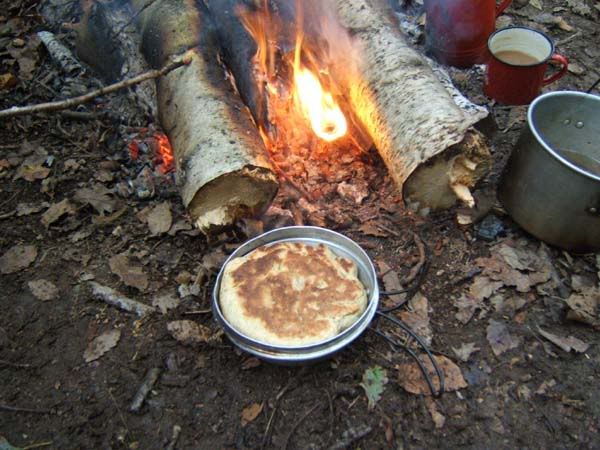Oo.. bread! =)
Well, when the bread rises there are acidic gasses being formed (and carbondioxide). These gasses slows down the yeasting process and also reduces the flavour so that is why you do the technique called "Knocking" the dough (dunno the exact name in english).
Basically what you do is take the yeasted dough out, gently press and flatten it, fold it back together and put it back into the box/bowl where you were doing the rising and continue the yeast process. You should repeat this 2-3 times during every hour of yeasting. This will provide you with a good risen bread in the end.
this is particularly more evident when you are doing long yeasting processes in warm environments.
Want some more tips?
Cold yeasting is a great way to provide more flavour without building up the acidic gasses. Basically set the dough on the evening before you want to use it. Make it a tad more moist than you would have it normally (since yeast needs water). Put it in the refrigerator (or outside if its not too cold) and let it yeast there for 5-6 hours (or overnight). This builds up a lot of flavour in the bread and also helps develop the gluten properly.
Then take the dough out, and knead it to shape, put it on a plate and do the 2nd yeasting (for size) in a hot and pref humid place. (Shower with hot water running works amazingly well, wet sauna also). It will rise FAST however when doing this so beware

This creates a bread with a airy interior.
Note that cold yeasting is related to making a starter dough and a main dough. Its basically the same idea, to develop more taste by letting the dough develop longer.
Finally, a great tip for normal ovens to get a great crust on the bread. Use a fairly hot oven (250 C) for the first 5 minutes, then after 5 min set it down to 200 C for the rest of the baking period. A good sized loaf will take about 40-50 minutes to be done. And the biggest issue in your average kitchen oven is humidity. It dries out too fast and creates a hard and tough bread. So to avoid this, put a container with water (deep oven plate) at the bottom of the oven. This will make sure there is enough humidity in the air (as it heats up, the air will dry out and take it's moisture from the water container instead of the bread) and will give you a very nice crust and tasty bread =)
Enjoy



 Both he and Lawrence were fooled until Juha actually picked it up.
Both he and Lawrence were fooled until Juha actually picked it up.